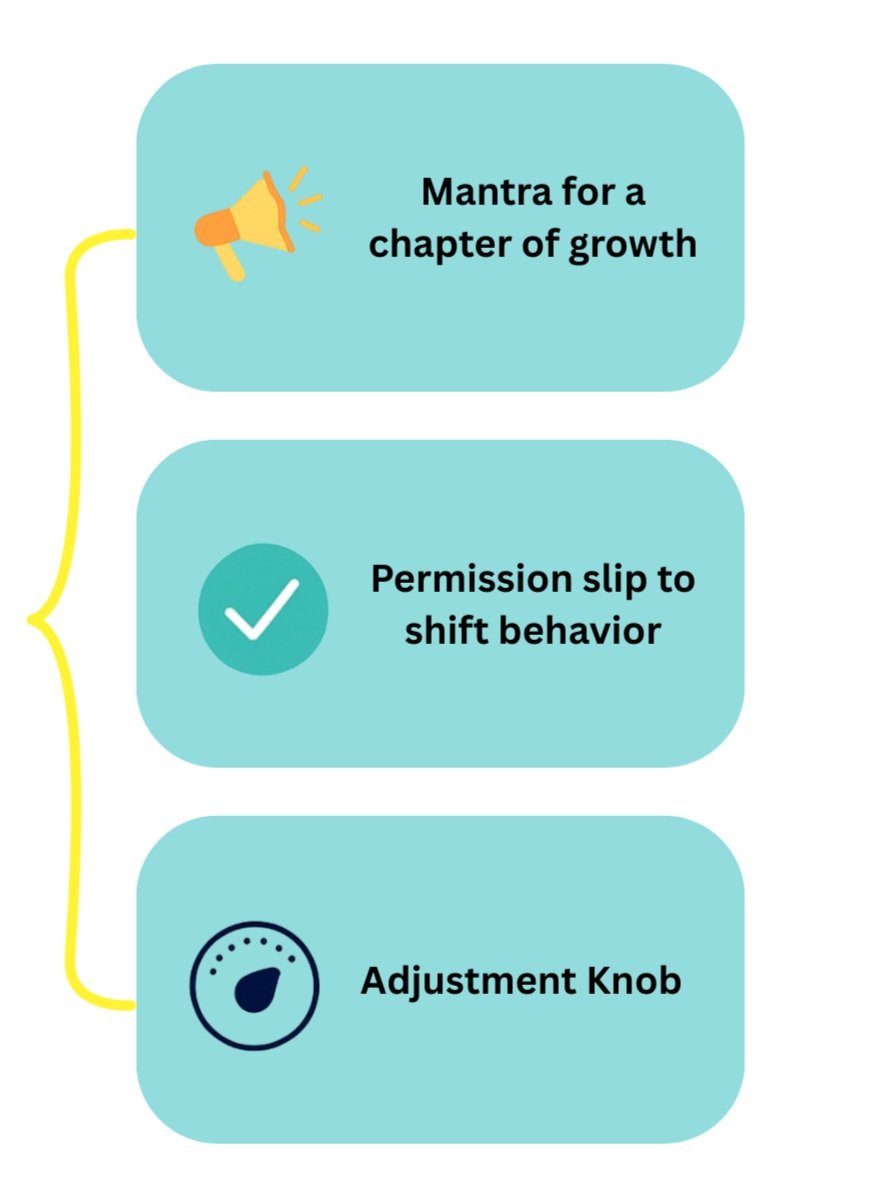Things to Remember When Dealing with Microaggressions in the Workplace
Microaggressions are a very real part of the workplace and the human experience that have been recognized and explored considerably in recent years. These are one of a litany of things that are new to society that didn’t exist in previous generations but they absolutely exist now.
We’ve had two recent incidents with clients of ours dealing with microaggressions in the workplace that were escalated to the top of their organizations and then ultimately to Holistic for advice.
In one company, a couple of employees used insensitive language to describe situations. (An employee said “that’s gay” in a pejorative fashion and someone said they didn’t want to go somewhere and because it was “in the ghetto,” but it happened to be right by where their deskmate lived). In the other company, an employee flagged a series of phrases that were used by employees pretty regularly that they perceived to be microaggressions -- including “that’s like crack” to describe good food and “that’s lame” when said by able-bodied people referring to something they don’t like.
The point of sharing these examples is not to create a situation where you are judging for yourself the severity (or lack thereof) of the microaggression -- that is a race to the bottom and a winless endeavor.
Here are the things that it's important for companies to remember about microaggressions.
First, it is not your responsibility to eliminate all microaggressions. That is impossible. There's always somebody somewhere who's going to say something that somebody somewhere else is going to interpret as a microaggression, and you can never fully control what comes out of people's mouths.
“The goal is not elimination. The goal is awareness.”
The goal is not elimination. The goal is awareness. The goal is to help people understand the concept of microaggressions and to give them tools to allow them to be a little more conscious and a little more thoughtful about the things that they are saying. And on the other end, the goal is to give the people who are hearing things tools to respond to microaggressions.
Secondly, it is not the company's role to be the arbiter of what is a microaggression and what isn't. In general, it's bad practice for any organization to tell people how they feel or how they think, and this is no exception. If somebody perceives something to be a microaggression, it is one whether or not the other party agrees.
Instead, the point of the endeavor is to find a way that people can arbitrate the decisions for themselves, that people can understand intention and resolve conflicts on their own.
The third thing for companies to remember about microaggressions is that there are tools that people can use to move forward from them. Bias awareness training, sensitivity training and any investment in communications is going to help with this challenge.
The prevalence of microaggressions is totally measurable. This is one of the major reasons why we've got it included in our surveys and our other measurements. You can clearly demonstrate success in reducing them if you measure them and attack them over time, but this requires you giving your employees tools to deal with them.
“The entire existence of microaggressions comes from a poorly defined culture, a lack of training and awareness and a general lack of investment in the culture of the organization.”
Finally, microaggressions are a trailing indicator. Microaggressions are reflections of poor culture, not the other way around. This is an important point. I think a lot of people feel like the prevalence of microaggressions leads to poor culture and that is true. But the entire existence of microaggressions comes from a poorly defined culture, a lack of training and awareness and a general lack of investment in the culture of the organization in the first place. That's where you see microaggressions manifest themselves.
They're like cobwebs in a house that isn't cleaned. The house isn't “not clean” because of the cobwebs. The cobwebs are a reflection of the lack of cleanliness in the house. And so it's important to remember that any investment in your overall culture is actually an investment in reducing microaggressions and that as much as you can attack the microaggressions directly, you can also attack them systematically by making investments in your culture.
Microaggressions are a real challenge. They're something that we want our clients to be aware of and actively working to battle on a direct and indirect level. We believe that they're not going away. They're going to be a part of the business community for some time, and that there's going to be a huge amount of effort in the future dedicated to reducing their impact and eliminating the chance that these are going to somehow sideline or otherwise destroy your ongoing culture building efforts at your company. That’s the goal -- minimize, don’t eliminate. Reduce, don’t remove. Education instead of eradication. Good luck!










